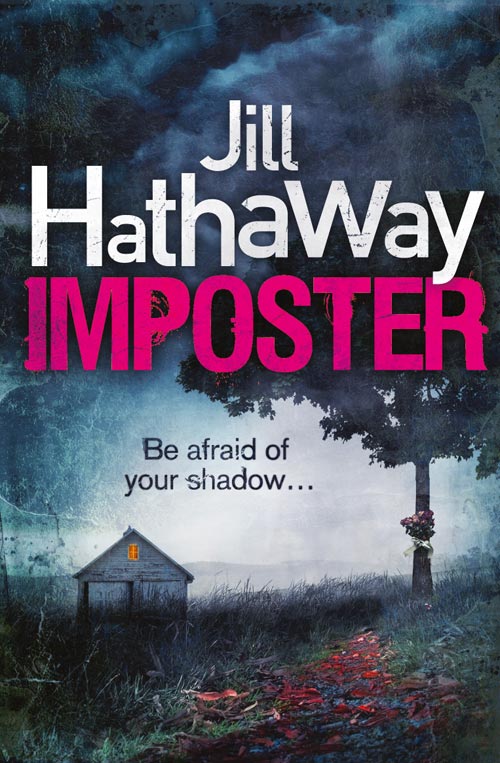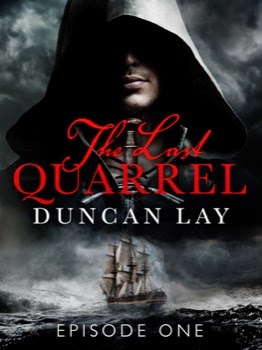With pie charts!
I was planning to write a post like this anyway but then something unexpected cropped up which has changed the shape of my January (and some of February). Due to drop-outs I've been asked to fill in as an Aurealis judge for the Anthologies and Collections panel. What this means is that I'm going to spend the start of 2015 madly catching up on reading and not writing reviews.
I'm one book in and I'm already having review withdrawals. Tweeting a sentiment to that effect, the lovely
Gillian suggested I do a series of posts reflecting on my reading habits, changes since starting to review, etc. So consider this the first of a few posts on the general topic. Also I'm going to include the goodreads challenge progress widget thingy in these posts, at least until I forget about it. It's the only way (other than my spreadsheet) I have of marking books read, if I can't review them.
Tsana has
read 1 book toward her goal of 100 books.
I've been keeping track of my reading in a spreadsheet since I started blogging and I thought I'd share some of my statistics with you. I missed doing this last year, but if you're interested, you can see my pie charts from 2012
here.
Let's start with nationalities of authors. The largest chunk of authors I read were Australian (46%). No surprise given I go out of my way to read books by Australians. The second largest demographic was US authors (34%, down from 40% in 2013), again not surprising given US cultural saturation. The NZ slice is probably an underestimation at 3% (up from 0% in 2013 and 2% in 2012) since if something was mixed ANZ it tended to be counted as Australian. In the interest of cultural balance I'd like to see the UK slice consume more of the US slice in the future, but I'm not pinning my hopes on it.
On a completely different note, what formats was I doing my reading in? To my absolute lack of surprise, most (76%) of my reading was of ebooks. This is down ever so slightly from 80% in 2013, which I put down to finally setting up digital audiobook library loans (I've been using the
BorrowBox app, which strikes me as less irritating to set up than Overdrive, and there's a slightly different spread of available books, even within a library, between the two). Prior to that, the audiobooks I read were either Kickstarters (two of them) or a Doctor Who licensed fiction of my mum's. My print book reading has remained pretty constant since 2013 (17%) although it was much higher in 2012 (33%) when I was still adjusting to the whole living overseas thing. I imagine this distribution will stay relatively constant in the future, barring any weird audio-binges I may go on.

The next big thing is author gender. Anyone who's been paying any attention to by blog will not be surprised to see that the majority of my reviews (two thirds) were of books authored by women. What might be surprising is to learn that this is actually quite a drop from 2013 (82%) and 2012 (83%). This wasn't a conscious shift and I'm not entirely sure what caused it. More male-authored books grabbed my attention? The way the review copy distribution happened to fall? A product of my trying to branch out into new author land? Probably contributions from all of those factors and others I haven't thought of. It will be interesting to see how this shifts in 2015.

The genre distribution of my reading is not something that has changed significantly since 2013. Comparing 2014 to 2012, however, there is significant growth in the Horror and Other wedges. The first seems pretty obviously due to my starting an Aus Horror Reading Challenge and the latter I would put down to being exposed to more books, mainly through the AWW Challenge, but also through just existing as a blogger.
The distribution of publication years of books read is
a bit heavily skewed towards books published in 2014. This is absolutely a direct consequence of book blogging and receiving new books for review, usually before they come out. The number on the y-axis of the bar graph is number of books, by the way, which is almost the percentage since I read 102 books. I would like to catch up on older books more than I have been in the future. On the one hand, there does come a point where one catches up with favourite authors' backlists... on the other hand I'm not there yet for a lot of authors (but I am for others, which actually means some of my favourite authors haven't been reviewed very much on my blog). I don't have 2013 or 2012 data to compare with this (and can't be bothered creating it), but let's see how this changes in 2015.
Next up is ratings, as in,
the star ratings I allocate books. I give the majority of books 4 of 4.5 stars, which shouldn't be surprising. I am more likely to read books I expect to enjoy. This is pretty similar to the distribution in 2012. 2013 seems to have been aberrant with my 4.5 star ratings expanding to 44% of all books read and more 3 star ratings as well (11%). Not sure what happened there. The lack of unfinished books in 2014 is more a case of my not writing them down than their non-existence. I kept thinking I would get around to finishing them even as the year drew to a close. Oops?

Last thing is the number of books I read per month. Interesting that 3 out of the 4 the lowest months were months during which I travelled recreationally. And in the fourth month I had builders impinging strongly on my sanity. It would seem that work trips limit my reading less than holiday trips (not surprising since I tend to sit alone in my hotel room reading when I'm on a work trip, so...). The elevated number in July is from reading 3 volumes of Saga that month. This is another thing I don't have older data for, but it will be interesting to see how it changes.















































.jpg)


